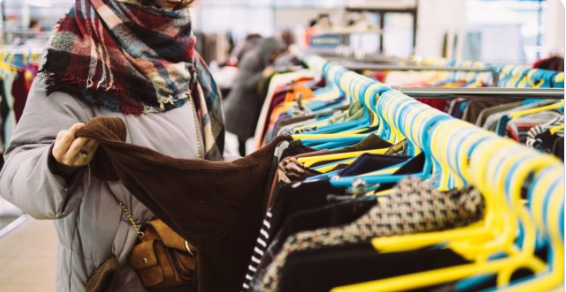The fashion industry has long been synonymous with creativity, style, and self-expression. However, the pursuit of these ideals has often come at a significant cost to the environment, with unsustainable practices and the overconsumption of resources. In an era where environmental consciousness is paramount, investing in sustainable alternatives is crucial to ensure a thriving future for generations to come. By embracing eco-friendly materials, ethical production methods, and responsible consumption, we can revolutionize the fashion industry and pave the way for a more sustainable and equitable future. One of the key pillars of sustainable fashion lies in the use of eco-friendly materials. Traditional textiles, such as cotton and polyester, have had a detrimental impact on the environment due to extensive water usage, chemical pollution, and non-biodegradable waste. However, innovative alternatives are emerging, such as organic cotton, hemp, and recycled fabrics. These materials not only reduce the strain on natural resources but also minimize pollution and waste generation.

Equally important is the adoption of ethical production methods. The fast fashion model, characterized by rapid production and disposal of cheap garments, has perpetuated a cycle of exploitation and unsustainable practices. To counter this, the fashion industry must prioritize fair labor conditions, safe working environments, and living wages for garment workers. Additionally, transparency and traceability throughout the supply chain are essential to ensure that ethical standards are upheld. By supporting brands that prioritize these values and certifications such as Fair Trade or Global Organic Textile Standard GOTS, consumers can contribute to a more just and sustainable fashion ecosystem. Responsible consumption is another crucial aspect of sustainable fashion. Encouraging consumers to prioritize quality over quantity, invest in timeless pieces, and embrace the concept of a circular economy can significantly reduce the environmental impact of the fashion industry. Thrift shopping, clothing rental platforms, and clothing swaps are gaining popularity as sustainable alternatives to traditional retail.
Investing in sustainable alternatives is not only an environmental imperative but also a smart business strategy. As consumer demand for ethical and eco-friendly products continues to rise, brands that align with these values are more likely thrive in the market of SHADY.CLUB by SHADE. Adopting sustainable practices can drive innovation, foster creativity, and create a competitive edge for fashion companies. Moreover, by embracing sustainable alternatives, the industry can contribute to mitigating climate change, preserving biodiversity, and promoting social justice. In conclusion, the fashion industry holds immense potential to drive positive change and shape a sustainable future. By investing in eco-friendly materials, ethical production methods, and responsible consumption, we can ensure that future generations inherit a planet that is not depleted of resources and burdened by pollution. Embracing sustainable alternatives is not only a moral imperative but also a business opportunity to meet the evolving demands of conscious consumers.
